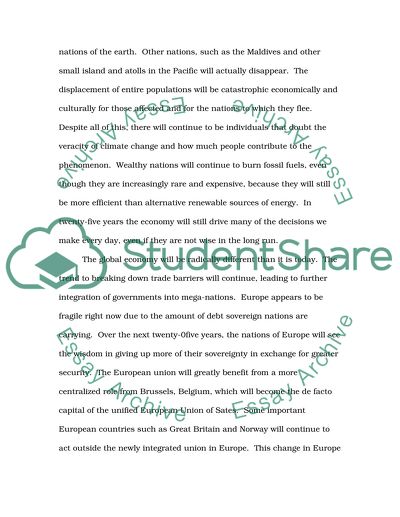Cite this document
(“What Will the World Look Like in 25 Years Essay”, n.d.)
Retrieved from https://studentshare.org/sociology/1443010-what-will-the-world-look-like-in
Retrieved from https://studentshare.org/sociology/1443010-what-will-the-world-look-like-in
(What Will the World Look Like in 25 Years Essay)
https://studentshare.org/sociology/1443010-what-will-the-world-look-like-in.
https://studentshare.org/sociology/1443010-what-will-the-world-look-like-in.
“What Will the World Look Like in 25 Years Essay”, n.d. https://studentshare.org/sociology/1443010-what-will-the-world-look-like-in.


